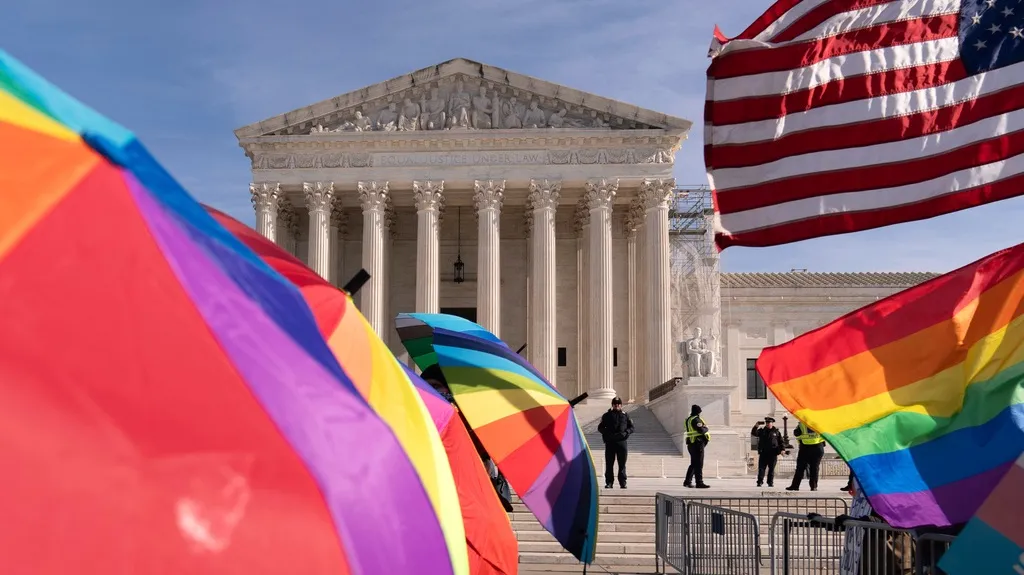August 22, 2015
Town Hall Meeting: Black Gay/Bi Men and HIV
Kilian Melloy READ TIME: 3 MIN.
Earlier this month about 60 people attended the Black Gay and Bisexual Men's Town Hall Meeting at the Pride Center in Wilton Manors, Florida. Speakers discussed HIV infection among Black Gay Bisexual Men (BGBM).
Greg Millet, Director, Public Policy of amfAR, estimated that about 32 percent of all BGBM are living with HIV infection. That percent is increasing. After the presentations, the large group broke into smaller groups to develop action plans to improve BGBM outcomes. The Black AIDS Institute will write up these action plans, and post them on their website for comment.
Several speakers spoke about the fatalism and despair common among BGBM. Lorenzo Lowe, HIV Prevention Coordinator, reported that one client had told him "I'm predisposed to becoming HIV positive, and I'm OK with that."
Jon March, HIV Case Manager, reported that his "experiences as a young Black Gay Male were so shaming" that "he felt he was not worthy" and "his life did not matter." In his HIV prevention work, a client told him "Why should it matter if I test HIV positive? No one cares about me now."
Christopher Gadson, of Brotherspeak, and several others reported that BGBM need to find role models and more people similar to them working in HIV prevention and treatment. For gay and bi men of all races, visibility "rules."
Leisha McKinley charged that two Black specific roles in Florida's Health Department had disappeared: The statewide Black MSM HIV Advisory Group and the statewide Black MSM HIV Coordinator. The Florida Department of Health did not respond to requests for comment by press time.
Dr. William Jeffries, Division of HIV/AIDS Prevention, spoke about High Impact Prevention (HIP), describing its defining features. HIP programs have been scientifically proven to work, are cost-effective, and can be tailored to the size of the target population. Jeffries also reported that in 2013, 8,018 Gay and Bisexual males between the ages of 13 and 24 received HIV positive test results for the first time. Black Gay Bi males comprised 4,650 (58 percent) of that number.
Gregory Millet, amfAR, reported that between 2001 and 2011, all groups, except for gay and bi men, showed a decline in the number of people receiving their first HIV positive test results (HIV diagnoses). Those numbers for gay and bi men remained constant, but racial differences existed among gay and bi men. BGBM were 3 times more likely to become infected than White gay and bi men, and 22 times more likely to become HIV infected than Black heterosexuals. While BGBM comprise 0.2 percent of the U.S. population, they comprise 23 percent of all people receiving their first HIV positive test results. BGBM have a 60 percent chance of becoming HIV infected by age 40.
Millet discussed how unemployment, poor health care, marginalization, incarceration, poverty, and lack of education drive HIV infections among all Black people. Millet also reported how changes in attitudes towards homosexuality differed by race. In 1970, about 70 percent of both Whites and Blacks agreed with the statement "homosexuality is always wrong." By 2008, among whites the percent agreeing had dropped to around 50 percent, but among Blacks, hardly any change had occurred in those 38 years. Even BGBM were twice as likely to agree with that statement, than white gay and bi men were.
At the end of the town hall, Phil Wilson of the Black AIDS Institute said, "If we only pay attention to police shootings, we are not saying that Black lives matter. We're saying that only Black deaths matter."
For more information, please visit http://www.amfar.org/uploadedFiles/_amfarorg/Articles/On_The_Hill/2015/Black%20Gay%20Men%20and%20HIV.pdf
Kilian Melloy serves as EDGE Media Network's Associate Arts Editor and Staff Contributor. His professional memberships include the National Lesbian & Gay Journalists Association, the Boston Online Film Critics Association, The Gay and Lesbian Entertainment Critics Association, and the Boston Theater Critics Association's Elliot Norton Awards Committee.

 Copyright South Florida Gay News. For more articles, visit
Copyright South Florida Gay News. For more articles, visit 
